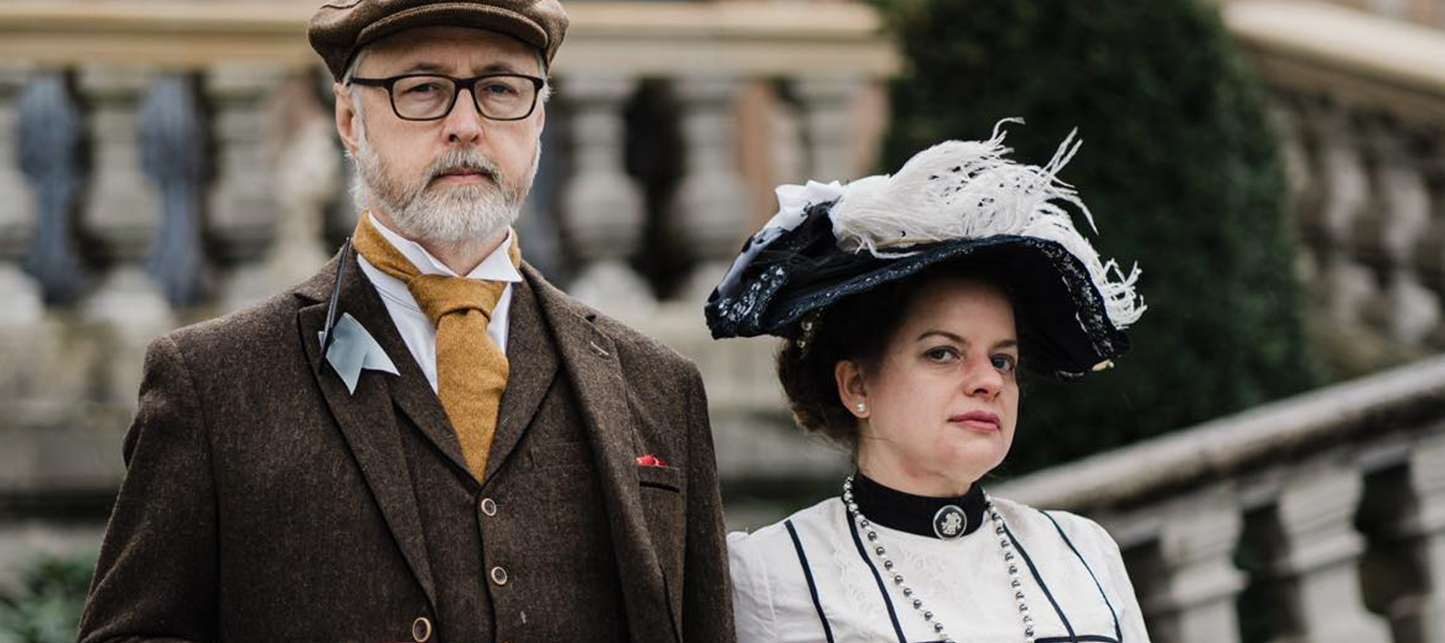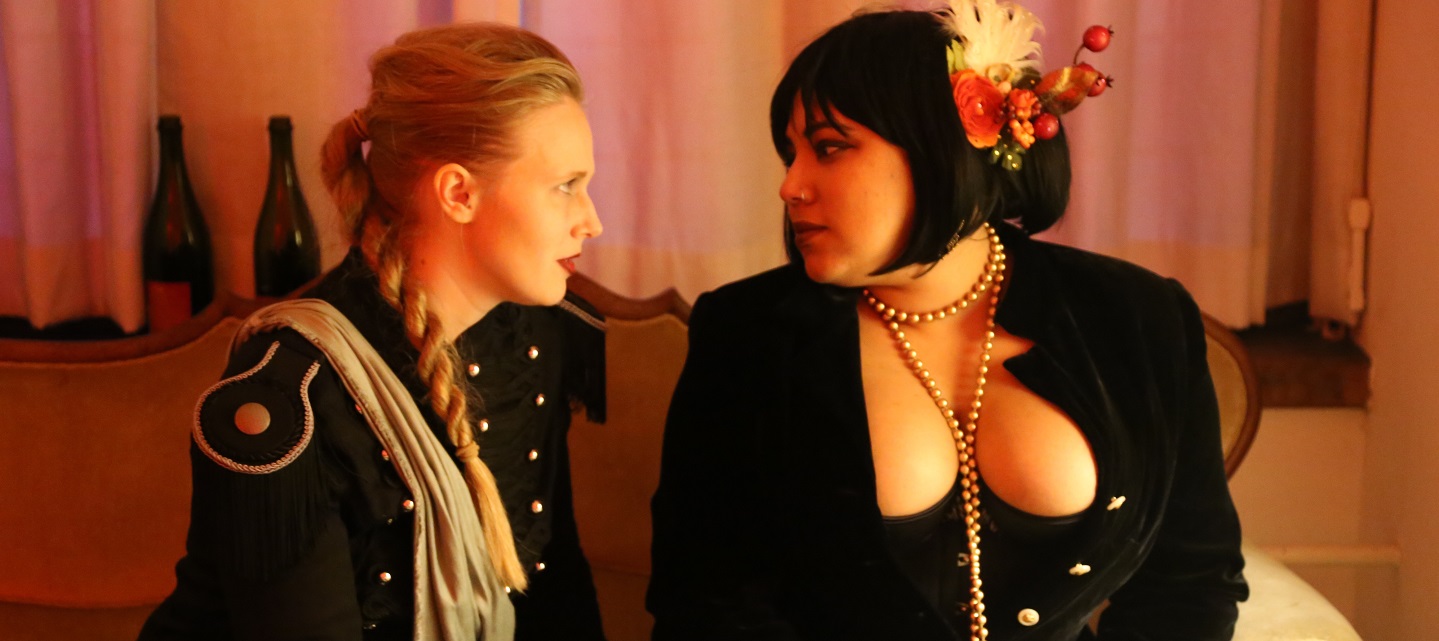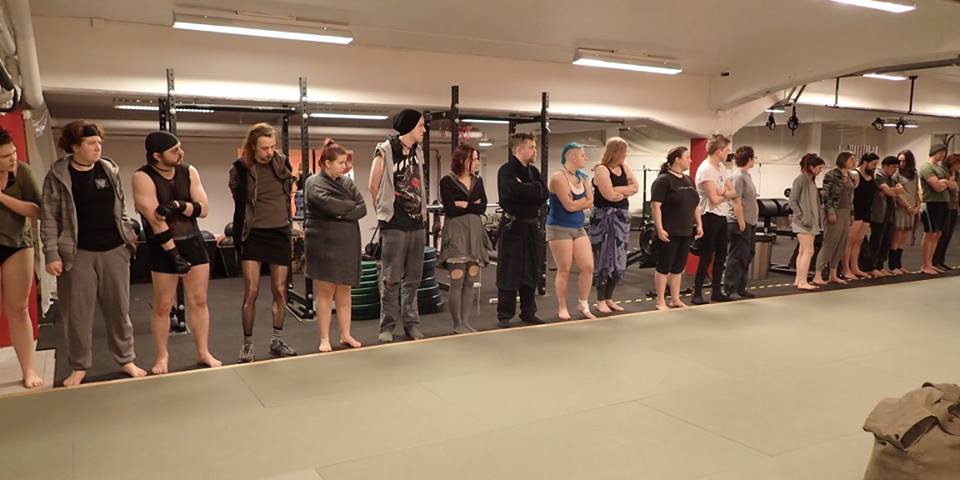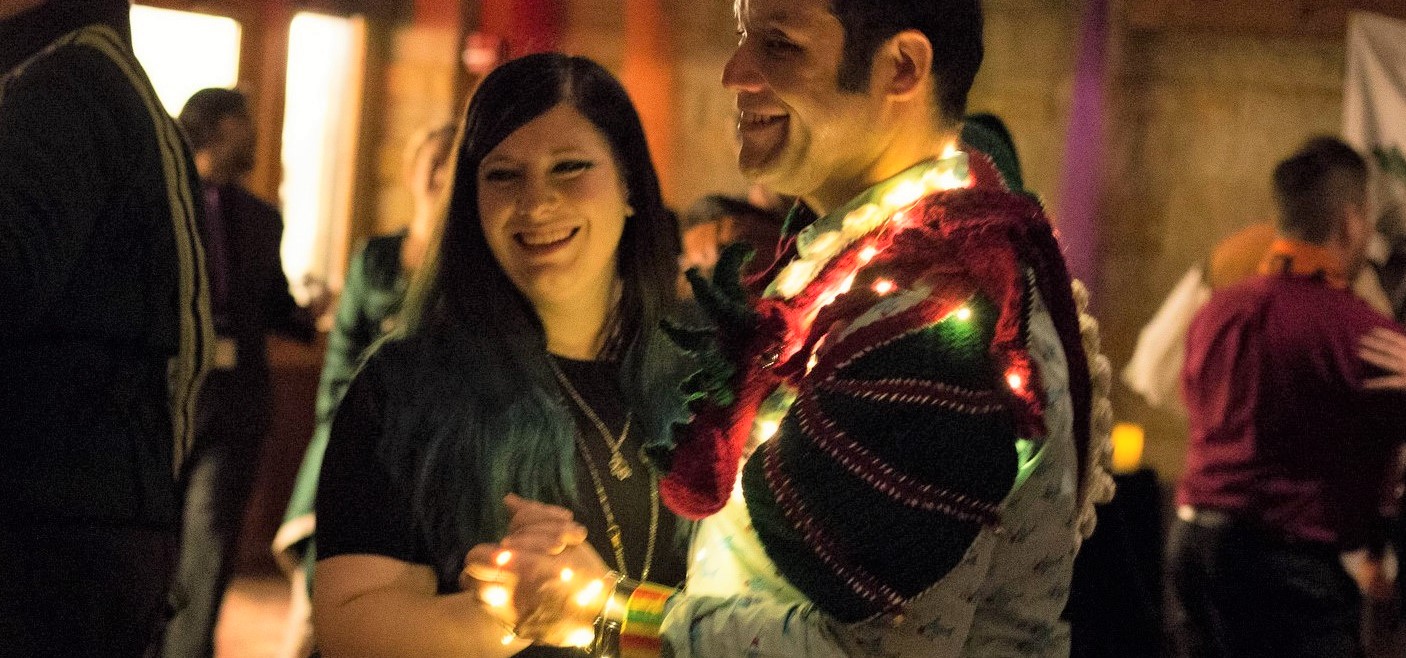Tag: Consent
-

So, We’re Gonna Play Together
Byin
Pre-game calibration is a skill that can be developed and refined, just like most other parts of larp.
-

Together at Last: Romantic Paradox in a Not-Quite-Dystopian Future
A larp set in a governmental facility in which volunteers are matchmade three times in order to find their Perfect Match.
-

The 4 Cs of Larping Love
in
Romantic play should be based on four pillars: Context, Consent, Communication, and Chemistry.
-

Terror and Warmth
An attempt at mapping the emotional landscape of transgressive larp experiences in an open manner without undue coyness.
-

In Defence of Selfishness: And the Beauty of a No
Players should be selfish creatures who take care of their own experience first and foremost. That will lead to better play for everyone.
-

The Evolution of the Depiction of Rape in Larp
in
Choosing to depict rape scenes can have a strong impact. This article discusses the evolution of representations of rape in French and international larps.
-

The Consent and Community Safety Manifesto
Byin
A discussion of principles for Community Safety in larps, with statements of support for participants and organizers to endorse.
-

A Matter of Trust – Larp and Consent Culture
in
Consent culture in larp communities is a subject of great interest in the current discourse. Larp scholar Sarah Lynne Bowman explores the subject.